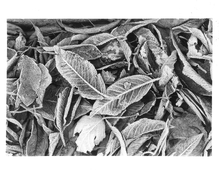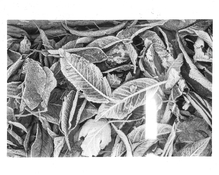After reading Edge of Darkness by the late Barry Thornton, I found that his approach to targeting "the appearance of sharpness" in the final print instead of chasing ever finer grain or higher resolution really resonated with me. To the point that I've done a bunch of experimenting with his metol-based 2-bath developer to see if I liked it better than my previous go-to for all 35mm films, Instant Mytol (basically XTOL stock). In my handful of semi-formal tests, I don't know whether I've actually seen a super noticeable increase in acutance, edge effects, or highlight compensation. But I also have yet to feel like I've confidently dialed in the proper time/temp/agitation for the BTTB. Meanwhile, I can't help but wonder if diluting my Mytol to 1+1 could get me that slight bit of extra grain and edge sharpness that I'm looking for without having to start refrigerating my BTTB 
So I started writing down the plan to do a bit more intensive test that includes some side-by-side comparisons of prints made where the only thing changed was the developer (same camera, lens, scene, light, exposure, film, etc. etc.). And figured I might as well post it publicly in case it benefits someone down the line. At the end of the day, the appearance of the final print is what I will use to make my final decision between the two developers. I'll try to provide pictures to illustrate actual differences, but I find that even the best scan of a fiber print just doens't show the way it looks in person. So that part will have to remain kinda esoteric
First contestants will be HP5+, my most-used 35mm film.

So I started writing down the plan to do a bit more intensive test that includes some side-by-side comparisons of prints made where the only thing changed was the developer (same camera, lens, scene, light, exposure, film, etc. etc.). And figured I might as well post it publicly in case it benefits someone down the line. At the end of the day, the appearance of the final print is what I will use to make my final decision between the two developers. I'll try to provide pictures to illustrate actual differences, but I find that even the best scan of a fiber print just doens't show the way it looks in person. So that part will have to remain kinda esoteric

First contestants will be HP5+, my most-used 35mm film.













